
Queretaro: A Blend of Colonial Charm and Modern Sophistication
Experience Queretaro, where colonial elegance meets modern dynamism amidst stunning natural beauty and a rich cultural tapestry.
Nestled in the heart of Mexico, Queretaro boasts a rich colonial heritage and a vibrant cultural scene. This city, with its well-preserved historic center, is a UNESCO World Heritage site. Walking through its cobblestone streets, you'll encounter beautifully restored colonial buildings, majestic churches, and charming plazas that transport you back in time. Queretaro is not just about its architectural splendor. It is a bustling hub of modernity and innovation. The city is home to a thriving aerospace industry and numerous tech companies, making it one of the most dynamic cities in Mexico. Despite its rapid development, Queretaro has managed to keep its traditional essence alive, offering tourists a unique blend of the old and the new. The city is also a gateway to some of the most stunning natural landscapes in Mexico. From the Sierra Gorda biosphere reserve to the picturesque vineyards of the Queretaro wine region, there is no shortage of outdoor activities. Whether you are a history buff, a foodie, or an adventure seeker, Queretaro has something for everyone.
Local tips in Queretaro
- Visit the historic center early in the morning to avoid crowds and capture the best photos.
- Try the local delicacy, 'enchiladas queretanas,' at one of the traditional markets.
- Take a day trip to the nearby Peña de Bernal, one of the tallest monoliths in the world.
- Explore the wine route and sample local wines from the Queretaro region.
- Use public transportation or walk to explore the city center as parking can be challenging.
Neighbourhoods in Queretaro
Queretaro: A Blend of Colonial Charm and Modern Sophistication
Nestled in the heart of Mexico, Queretaro boasts a rich colonial heritage and a vibrant cultural scene. This city, with its well-preserved historic center, is a UNESCO World Heritage site. Walking through its cobblestone streets, you'll encounter beautifully restored colonial buildings, majestic churches, and charming plazas that transport you back in time. Queretaro is not just about its architectural splendor. It is a bustling hub of modernity and innovation. The city is home to a thriving aerospace industry and numerous tech companies, making it one of the most dynamic cities in Mexico. Despite its rapid development, Queretaro has managed to keep its traditional essence alive, offering tourists a unique blend of the old and the new. The city is also a gateway to some of the most stunning natural landscapes in Mexico. From the Sierra Gorda biosphere reserve to the picturesque vineyards of the Queretaro wine region, there is no shortage of outdoor activities. Whether you are a history buff, a foodie, or an adventure seeker, Queretaro has something for everyone.
When is the best time to go to Queretaro?
Iconic landmarks you can’t miss
Alameda Hidalgo
Discover the serene beauty of Alameda Hidalgo, a lush community garden and cultural hub in the historic heart of Santiago de Querétaro.
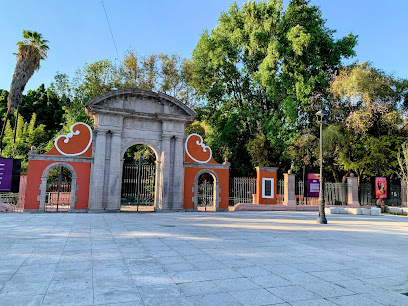
Zenea Garden
Discover the tranquil beauty of Zenea Garden, a lush urban oasis in Santiago de Querétaro, perfect for leisurely strolls and family outings.
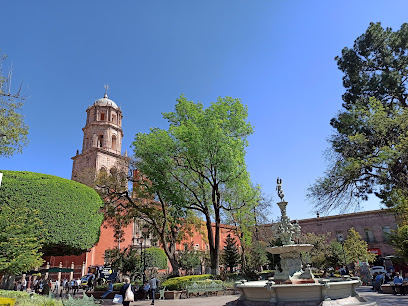
Guía de turistas de la ciudad de Querétaro
Explore the history and culture of Querétaro, Mexico, where colonial charm meets vibrant traditions and stunning landscapes.
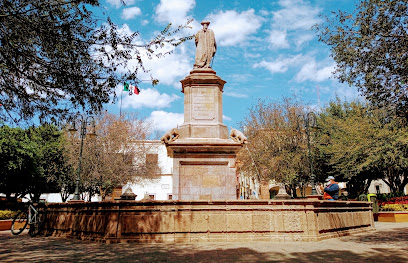
Mirador de los Arcos
Experience breathtaking views at Mirador de los Arcos, a scenic observation deck showcasing Querétaro's iconic aqueduct and vibrant cityscape.
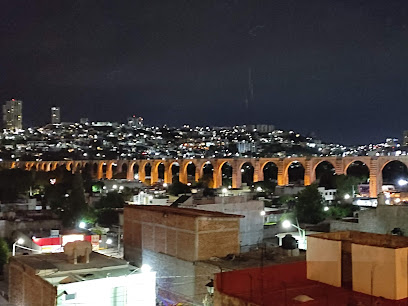
Jardín Guerrero
Explore the lush greenery and vibrant culture of Jardín Guerrero in Santiago de Querétaro, a tranquil park perfect for relaxation and exploration.
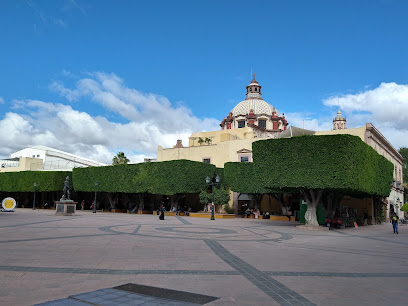
National Park Cerro de las Campanas
Discover the breathtaking landscapes and rich history of Cerro de las Campanas, a must-see landmark in Santiago de Querétaro, Mexico.
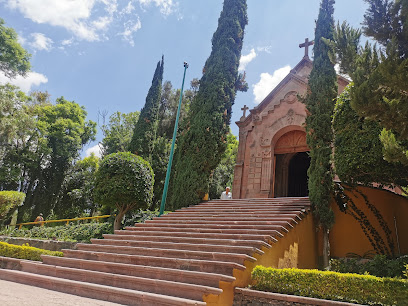
Acueducto de Querétaro
Explore the Acueducto de Querétaro, an architectural marvel and historical landmark showcasing 18th-century ingenuity in the heart of Mexico.
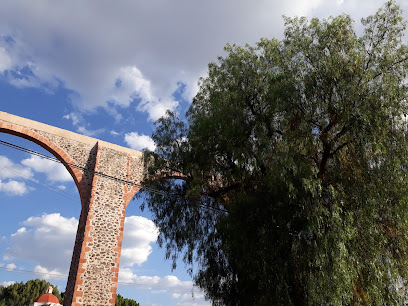
Templo de Santa Rosa de Viterbo
Discover the exquisite Templo de Santa Rosa de Viterbo, a Baroque masterpiece in Santiago de Querétaro, blending history, architecture, and spirituality.
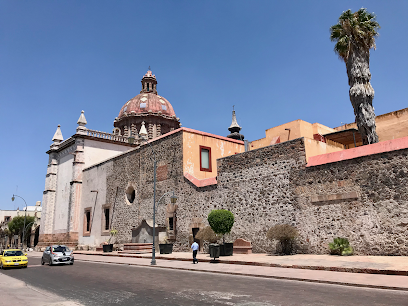
Plaza de los Fundadores
Experience the vibrant culture and rich history at Plaza de los Fundadores in Santiago de Querétaro, a captivating tourist attraction in Mexico.
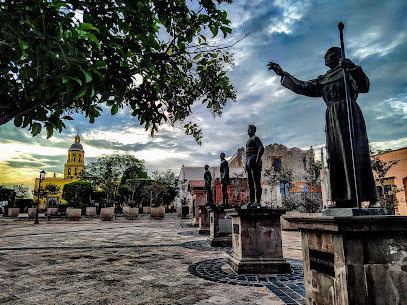
El Cerrito Archaeological Zone
Explore the El Cerrito Archaeological Zone, a remarkable site that unveils the hidden history and architectural brilliance of ancient Mexico.
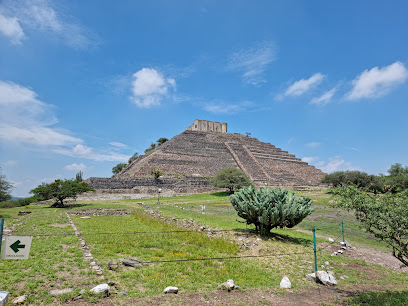
Monument of the Corregidora
Discover the Monument of the Corregidora in Santiago de Querétaro, a historic symbol of Mexico's heritage and a must-visit tourist attraction.
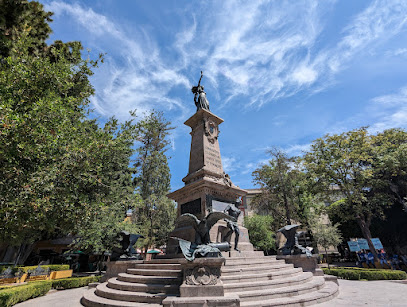
Neptune Fountain
Discover the Neptune Fountain in Santiago de Querétaro, a stunning landmark showcasing artistic heritage and vibrant local culture in a picturesque setting.
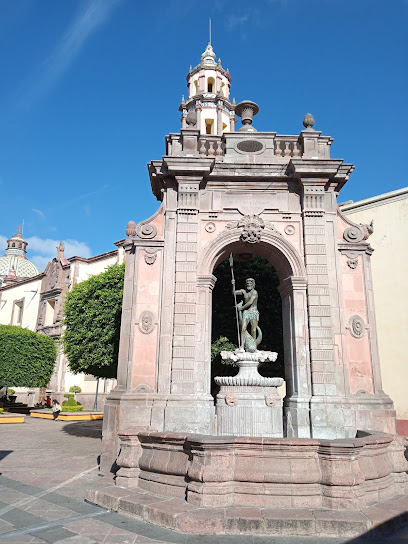
Templo de San Francisco
Discover the architectural beauty and serene atmosphere of Templo de San Francisco, a historic Catholic church in Santiago de Querétaro, Mexico.

Museo Regional de Querétaro
Discover the captivating history of Querétaro at the Museo Regional, where rich cultural heritage meets engaging exhibits and local artistry.
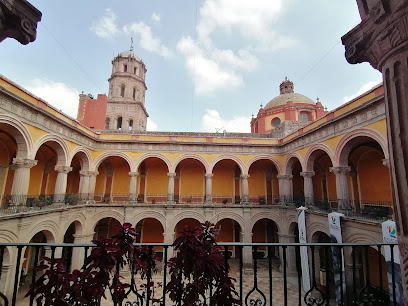
Museo Casa de la Zacatecana
Discover the rich cultural tapestry of Querétaro at Museo Casa de la Zacatecana, a must-visit museum showcasing local history and heritage.
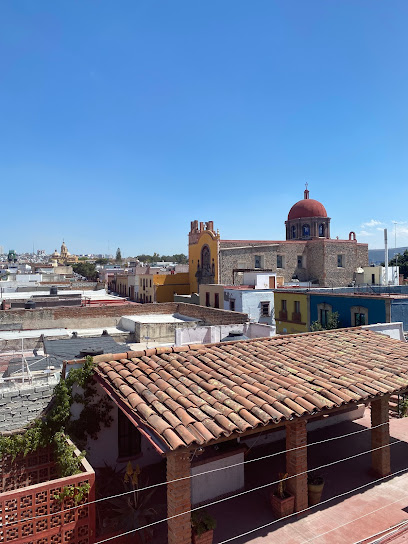
Unmissable attractions to see
Alameda Hidalgo
Explore the lush landscapes and rich cultural heritage of Alameda Hidalgo, a serene community garden and museum in Santiago de Querétaro.
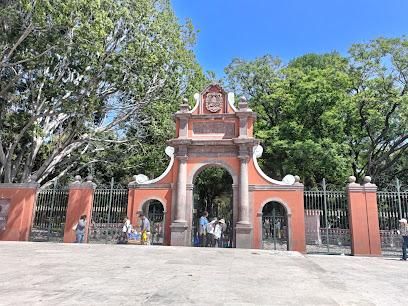
Alameda Hidalgo
Explore Alameda Hidalgo, a serene park in Santiago de Querétaro, rich in culture, history, and natural beauty, perfect for all visitors.

Zenea Garden
Discover the beauty of Zenea Garden, a tranquil city park in Santiago de Querétaro, featuring vibrant flora and peaceful landscapes perfect for relaxation.
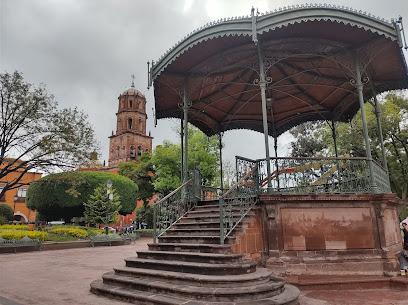
Peña of Bernal
Explore the breathtaking Peña of Bernal, a majestic monolith in Querétaro, Mexico, rich in culture, adventure, and stunning landscapes.
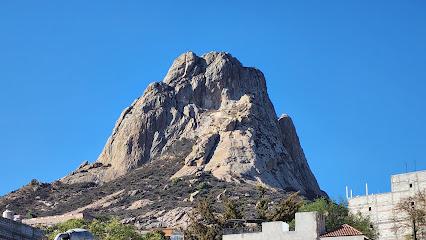
Guía de turistas de la ciudad de Querétaro
Explore the historical and cultural heart of Querétaro at Plaza de Armas, a stunning colonial square vibrant with life and local flavor.
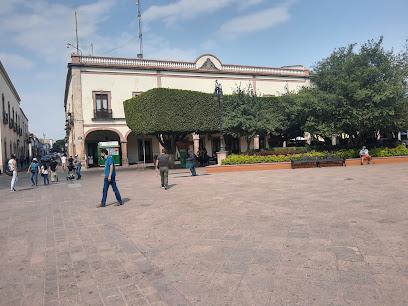
Jardín Guerrero
Explore the lush beauty of Jardín Guerrero, a tranquil park in Santiago de Querétaro, perfect for relaxation and cultural experiences.
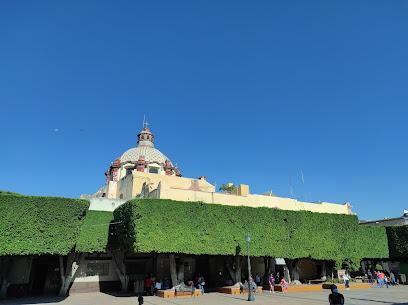
Templo de Santa Rosa de Viterbo
Discover the enchanting Templo de Santa Rosa de Viterbo, a Baroque architectural marvel and a serene sanctuary in the heart of Santiago de Querétaro.
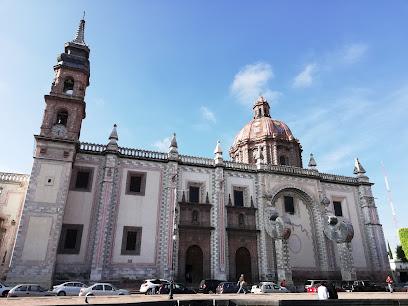
Plaza de los Fundadores
Experience the vibrant heart of Santiago de Querétaro at Plaza de los Fundadores, where history, culture, and local life converge in a picturesque setting.
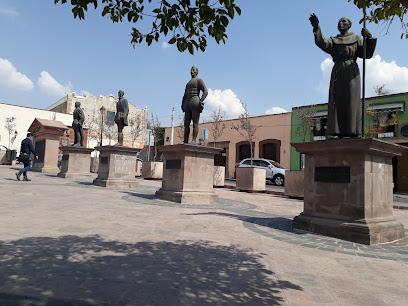
Zona Arqueológica y Museo de Sitio El Cerrito
Explore the enchanting Zona Arqueológica y Museo de Sitio El Cerrito in Querétaro, a remarkable archaeological site revealing ancient Mexican civilizations.
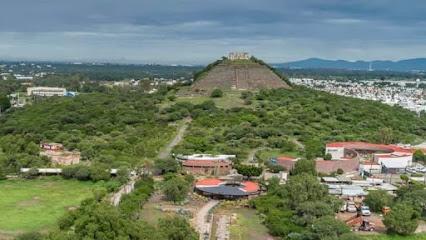
Zoo Queretaro Wameru
Explore diverse wildlife and learn about conservation at Zoo Queretaro Wameru, a must-visit attraction for families and nature enthusiasts.

Bola del Agua
Explore the enchanting beauty of Bola del Agua, a serene tourist attraction in Celaya, Guanajuato, rich in culture and natural landscapes.
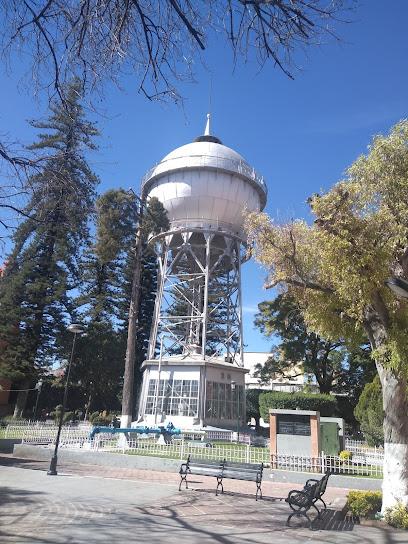
Neptune Fountain
Discover the enchanting Neptune Fountain in Santiago de Querétaro, a historic landmark blending beauty, culture, and relaxation in the city's heart.
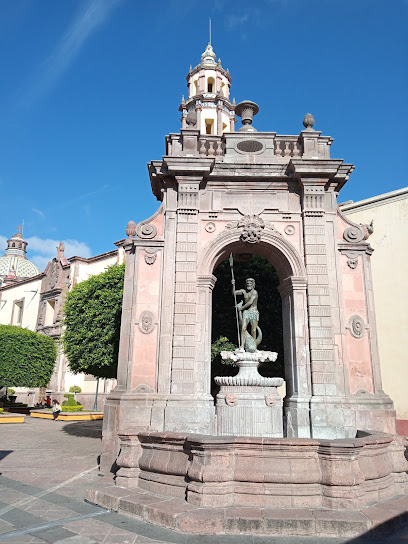
Museo Regional de Querétaro
Explore the rich history and cultural heritage of Querétaro at the Museo Regional, a captivating museum showcasing Mexico's storied past.
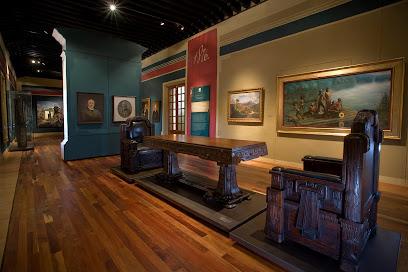
Museo Casa de la Zacatecana
Delve into the rich cultural tapestry of Santiago de Querétaro at the enchanting Museo Casa de la Zacatecana, a must-visit for history and art enthusiasts.
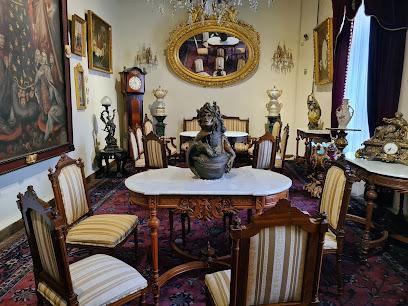
Viñedos Donato
Discover the beauty of Mexican viticulture at Viñedos Donato, where exquisite wines and breathtaking landscapes await your exploration.
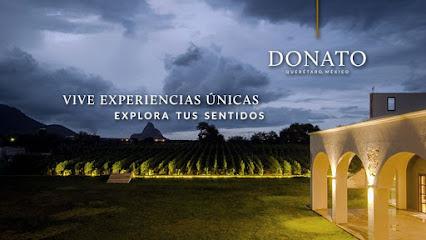
Essential places to dine
Chucho El Roto
Discover the essence of Mexican cuisine at Chucho El Roto in Querétaro – where every dish tells a story.

Hacienda Laborcilla
Experience a unique blend of traditional and modern cuisine at Hacienda Laborcilla in Querétaro - where every meal tells a story.
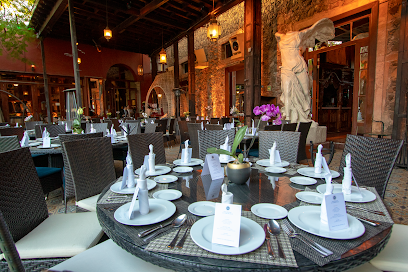
Las Deliciosas Gorditas del Portal
Experience authentic Mexican flavors at Las Deliciosas Gorditas del Portal—home to delicious gorditas in Santiago de Querétaro.
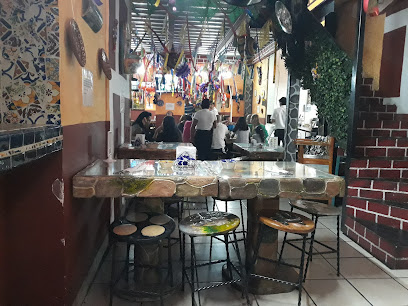
Sonora Grill Puerta La Victoria
Experience exquisite grilled cuisine at Sonora Grill Puerta La Victoria - a culinary gem in Santiago de Querétaro with vibrant flavors.
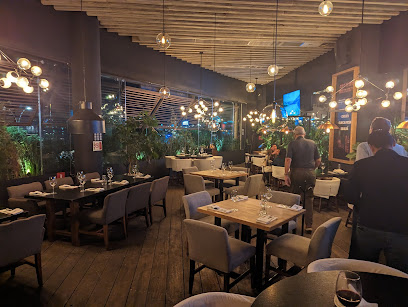
Restaurante Emilia
Discover exquisite Italian cuisine at Restaurante Emilia in Santiago de Querétaro - where every meal is a celebration of flavor and elegance.
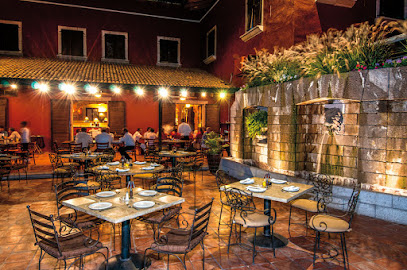
zandunga
Discover authentic Mexican flavors at Zandunga, where every meal tells a story of tradition and culinary excellence in Santiago de Querétaro.
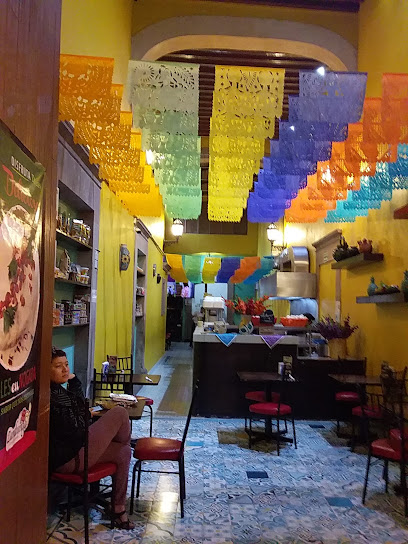
María y su Bici
Experience the authentic taste of Yucatán at María y su Bici in Santiago de Querétaro - a culinary gem for food enthusiasts.
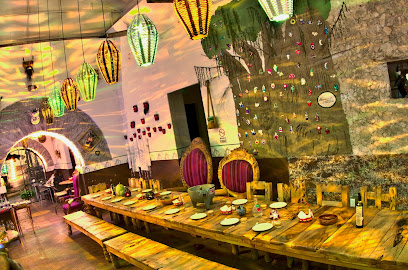
Restaurante Las Monjas
Experience the vibrant flavors of traditional Mexican cuisine at Restaurante Las Monjas in Santiago de Querétaro.
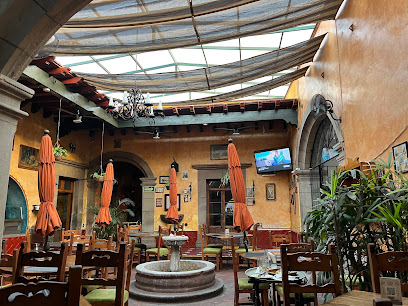
Restaurante Bar Hank's Querétaro
Discover the vibrant flavors and lively atmosphere at Restaurante Bar Hank's in Santiago de Querétaro - a culinary gem for every traveler.
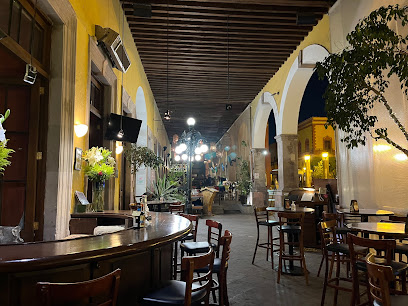
Tikua - SouthEast Mexican cuisine
Discover the vibrant tastes of Southeast Mexico at Tikua in Santiago de Querétaro - an unforgettable culinary experience awaits.
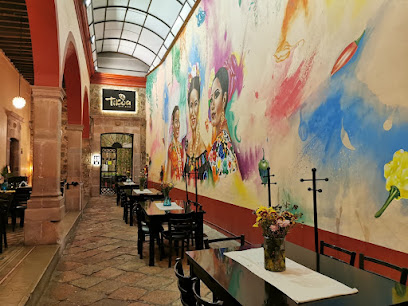
Hacienda los Laureles
Discover the vibrant flavors of authentic Mexican cuisine at Hacienda los Laureles in Querétaro - a culinary journey awaits you!
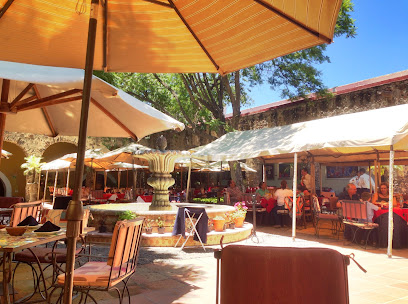
Restaurante La Llave
Discover the essence of Mexican cuisine at Restaurante La Llave in Santiago de Querétaro – where every meal is a flavorful adventure.
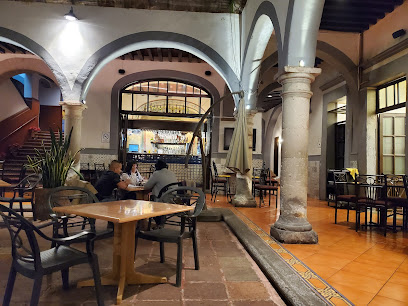
Restaurante Nicos
Discover the flavors of Mexico at Restaurante Nicos - a top breakfast destination in Santiago de Querétaro known for its vibrant atmosphere and authentic dishes.
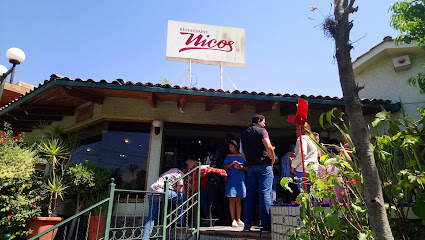
Argentilia Querétaro
Discover the exquisite fusion of Argentinian and Italian cuisine at Argentilia Querétaro – where every meal is a celebration of flavor.
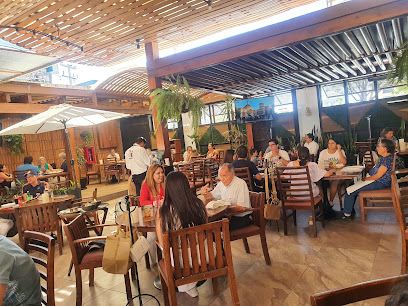
Hacienda El Salitre
Discover exquisite dining and luxurious relaxation at Hacienda El Salitre in Querétaro—a true gem for travelers seeking comfort and flavor.
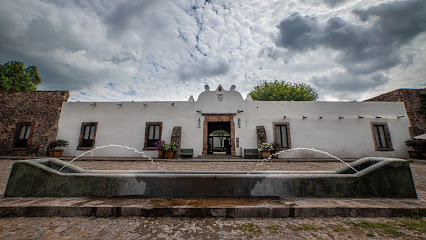
Markets, malls and hidden boutiques
Antea Lifestyle Center
Experience shopping, dining, and entertainment at the Antea Lifestyle Center, a premier destination in Querétaro, Mexico.
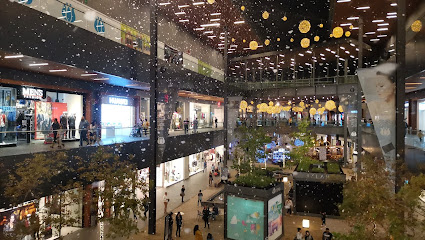
Galerías Querétaro
Discover Galerías Querétaro: A vibrant shopping mall with diverse stores, dining options, and entertainment for all ages.
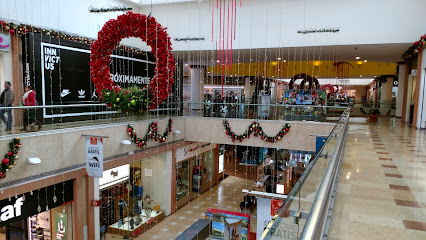
Plaza de la Tecnología Querétaro
Explore Plaza de la Tecnología Querétaro, a shopping paradise for electronics lovers and a cultural hub in the heart of the city.

Plaza Constituyentes
Explore Plaza Constituyentes, a vibrant shopping mall offering diverse retail and dining experiences in El Pueblito, Querétaro.
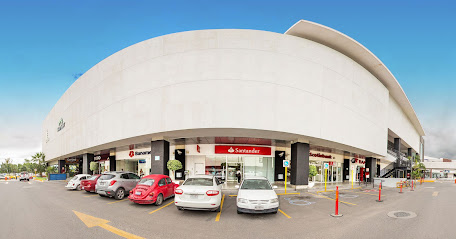
Plaza Boulevares
Explore the vibrant shopping scene at Plaza Boulevares, featuring diverse retail, dining, and entertainment options in Santiago de Querétaro.
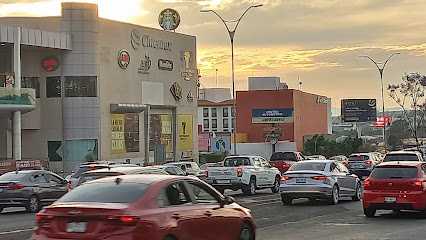
Paseo Queretaro
Experience the ultimate shopping and dining adventure at Paseo Queretaro, where local charm meets global brands in a vibrant atmosphere.
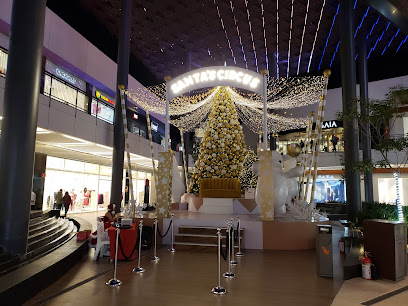
El Palacio de Hierro Querétaro
Discover luxury shopping at El Palacio de Hierro Querétaro for fashion, electronics, and beauty in a sophisticated environment.
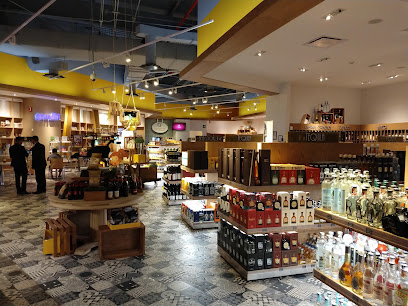
Premium Outlets Querétaro
Discover amazing deals and a delightful shopping experience at Premium Outlets Querétaro, where fashion meets affordability in a stunning setting.
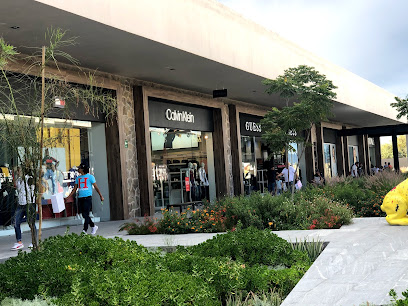
Valenti Collezione
Discover the elegance of formal wear at Valenti Collezione in Santiago de Querétaro, where style meets sophistication for every occasion.
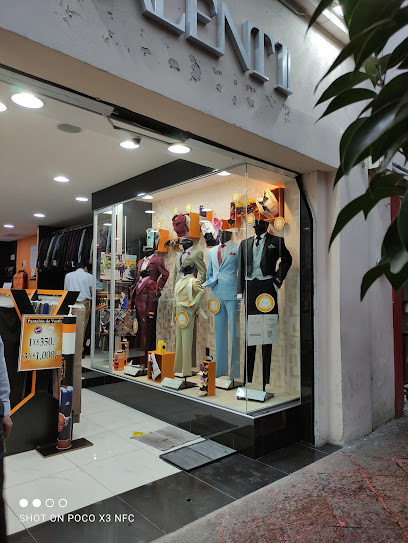
Hilvana Outlet
Discover unbeatable deals and stylish finds at Hilvana Outlet in Santiago de Querétaro, where shopping meets excitement.
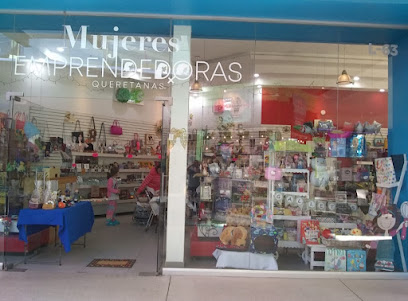
Eon Gamers
Discover Eon Gamers in Santiago de Querétaro: your ultimate destination for video games, board games, and a vibrant gaming community.

Electrónica Kuma
Explore the latest gadgets and electronics at Electrónica Kuma, Santiago de Querétaro's top tech destination for tourists and locals alike.
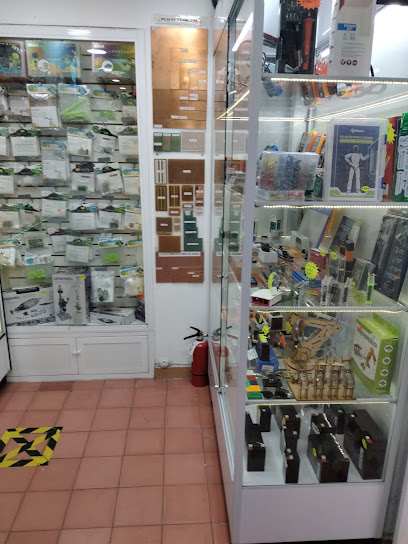
Madre Tierra
Explore Madre Tierra, a charming gift shop in Santiago de Querétaro offering unique handcrafted treasures and local artistry.
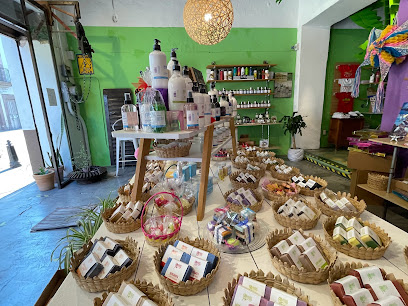
Game Cool! Videojuegos y Coleccionables
Explore Game Cool! in Santiago de Querétaro for a vast selection of video games, collectibles, and youth fashion in a vibrant gamer community.
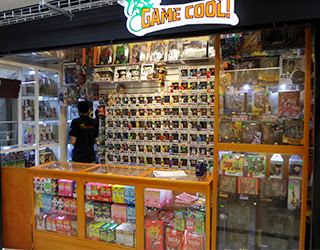
YOL Boutique de Arte Mexicano
Explore YOL Boutique de Arte Mexicano for exquisite handicrafts and jewelry, embodying the authentic spirit of Mexican artistry in the heart of Querétaro.
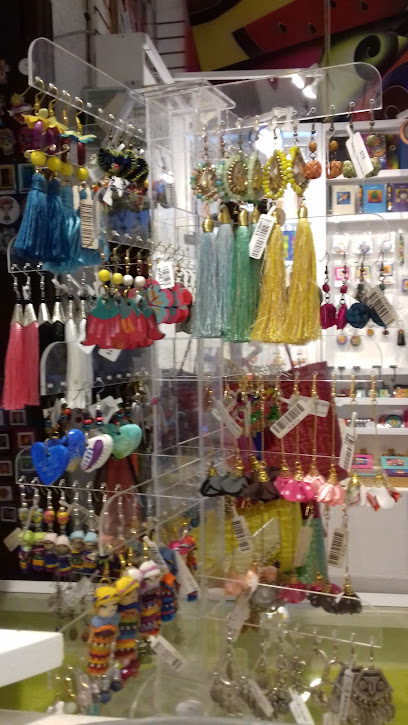
Essential bars & hidden hideouts
Manceba
Discover Manceba, the lively bar in Santiago de Querétaro, where delicious drinks and a vibrant atmosphere await every visitor.
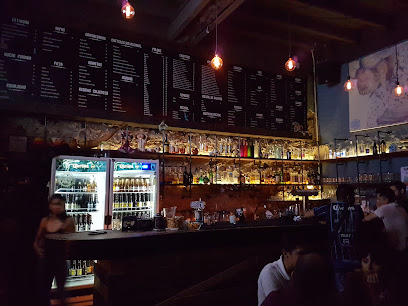
Wicklow Irish Pub
Discover Wicklow Irish Pub in Querétaro for an authentic Irish experience with delicious food, vibrant drinks, and lively entertainment.
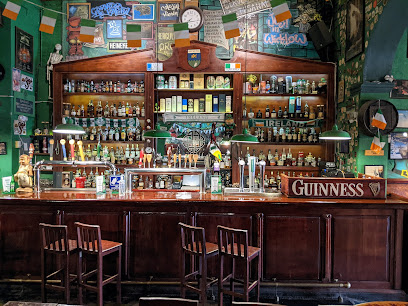
La Encrucijada Rock House
Discover the vibrant flavors and lively atmosphere at La Encrucijada Rock House, the ultimate grill destination in Santiago de Querétaro.
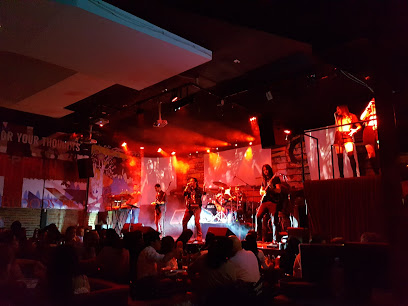
Gudwey
Experience the rich flavors of grilled cuisine at Gudwey, a culinary hotspot in Santiago de Querétaro, where every bite tells a story.
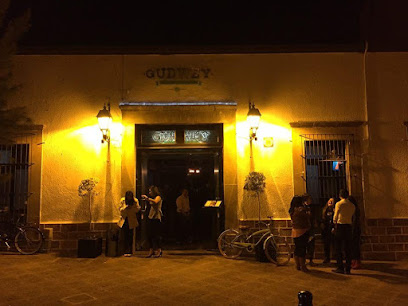
Clap Irish Pub
Discover the heart of Ireland in Santiago de Querétaro at Clap Irish Pub, where vibrant atmosphere meets authentic cuisine and drinks.
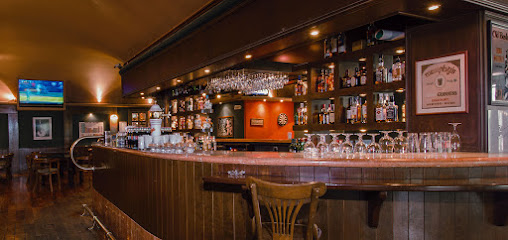
Alquimia Bar
Experience the vibrant nightlife of Santiago de Querétaro at Alquimia Bar, a cocktail haven offering innovative drinks and a cozy atmosphere.
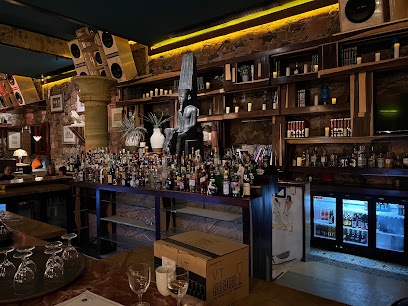
Sky Garden Roof Top Bar
Experience the vibrant flavors and stunning views at Sky Garden Roof Top Bar in Santiago de Querétaro, a perfect blend of culinary delight and breathtaking scenery.
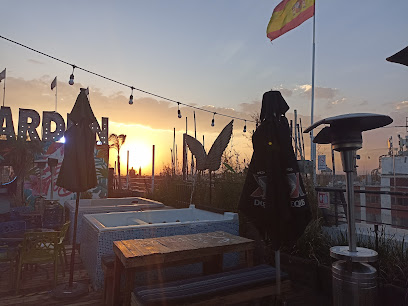
Zeppelin Music Factory (El Templo del Rock)
Discover the vibrant nightlife at Zeppelin Music Factory, Santiago's ultimate destination for live rock music and unforgettable experiences.
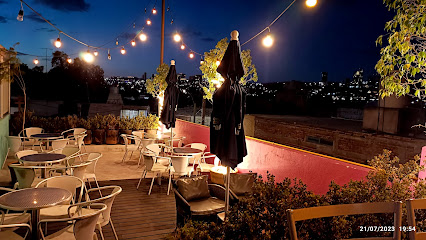
Petra’s Bar
Discover the lively nightlife at Petra's Bar in Santiago de Querétaro, where affordable drinks and vibrant ambiance await.
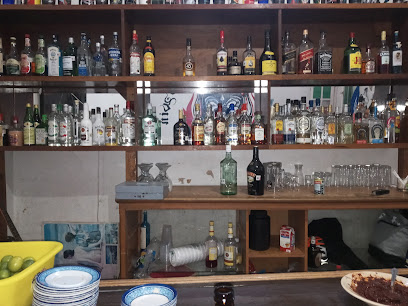
Funky Mama Resto-Bar
Experience the vibrant nightlife and delicious cuisine at Funky Mama Resto-Bar in the heart of Santiago de Querétaro.
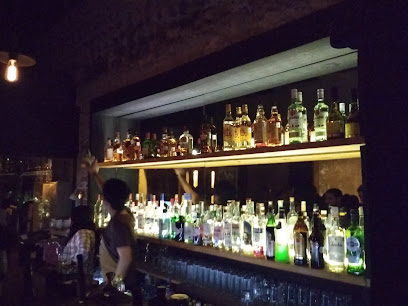
Brewer Gastro Pub
Discover the perfect blend of craft beer and gourmet dining at Brewer Gastro Pub in Santiago de Querétaro - a must-visit for food and beer lovers.
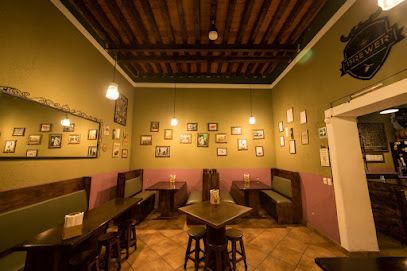
La Colección Bar
Discover La Colección Bar, where vibrant nightlife meets local culture in the heart of Santiago de Querétaro. Affordable drinks and lively entertainment await!
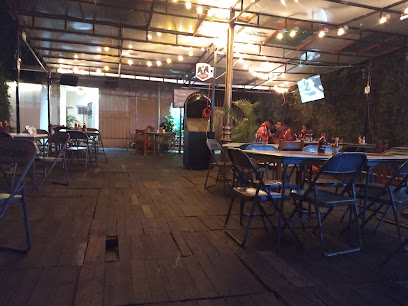
El Habano
Discover the vibrant spirit of Santiago de Querétaro at El Habano, a bar offering a rich selection of drinks and local culture.
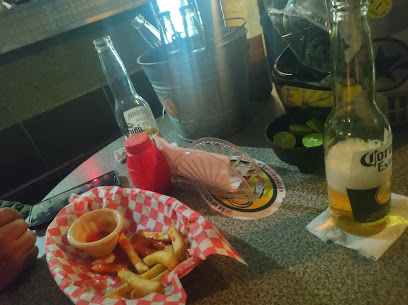
Mixtla Bar
Discover the vibrant nightlife at Mixtla Bar in Querétaro, where delicious drinks and a lively atmosphere await every visitor.
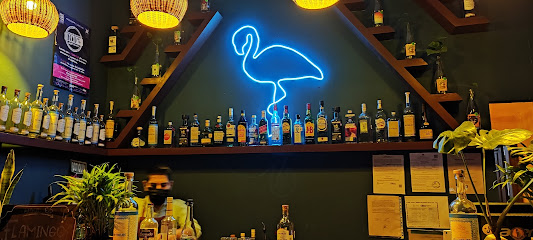
Tudor Cocktail Club
Discover the Tudor Cocktail Club, a cozy cocktail bar in Santiago de Querétaro, offering expertly crafted drinks and a vibrant nightlife experience.
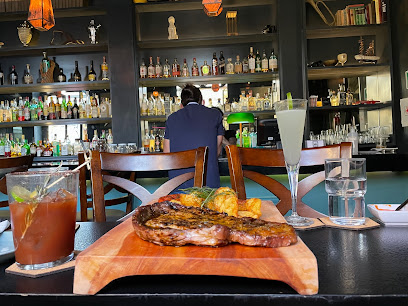
Local Phrases
-
- HelloHola
[oh-lah] - GoodbyeAdiós
[ah-dee-ohs] - YesSí
[see] - NoNo
[noh] - Please/You're welcomePor favor/De nada
[por fah-vor/de nah-dah] - Thank youGracias
[grah-syahs] - Excuse me/SorryDisculpe/Perdón
[dees-kool-peh/pehr-dohn] - How are you?¿Cómo estás?
[koh-moh ehs-tahs] - Fine. And you?Bien. ¿Y tú?
[byen. ee too] - Do you speak English?¿Hablas inglés?
[ah-blahs een-glehs] - I don't understandNo entiendo
[noh ehn-tyen-doh]
- HelloHola
-
- I'd like to see the menu, pleaseMe gustaría ver el menú, por favor
[meh goos-tah-ree-ah behr ehl meh-noo, por fah-vor] - I don't eat meatNo como carne
[noh koh-moh kahr-neh] - Cheers!¡Salud!
[sah-loohd] - I would like to pay, pleaseMe gustaría pagar, por favor
[meh goos-tah-ree-ah pah-gahr, por fah-vor]
- I'd like to see the menu, pleaseMe gustaría ver el menú, por favor
-
- Help!¡Ayuda!
[ah-yoo-dah] - Go away!¡Vete!
[veh-teh] - Call the Police!¡Llama a la policía!
[yah-mah ah lah poh-lee-see-ah] - Call a doctor!¡Llama a un médico!
[yah-mah ah oon meh-dee-koh] - I'm lostEstoy perdido
[ehs-toy pehr-dee-doh] - I'm illEstoy enfermo
[ehs-toy ehn-fehr-moh]
- Help!¡Ayuda!
-
- I'd like to buy...Me gustaría comprar...
[meh goos-tah-ree-ah kohm-prahr] - I'm just lookingSólo estoy mirando
[soh-loh ehs-toy mee-rahn-doh] - How much is it?¿Cuánto cuesta?
[kwan-to kwehs-tah] - That's too expensiveEsto es muy caro
[ehs-toh ehs moo-ee kah-roh] - Can you lower the price?¿Puede bajar el precio?
[pweh-deh bah-hahr ehl preh-syoh]
- I'd like to buy...Me gustaría comprar...
-
- What time is it?¿Qué hora es?
[keh oh-rah ehs] - It's one o'clockEs la una
[ehs lah oo-nah] - Half past (10)Las diez y media
[lahs dyehs ee meh-dee-ah] - MorningMañana
[mah-nyah-nah] - AfternoonTarde
[tahr-deh] - EveningNoche
[noh-cheh] - YesterdayAyer
[ah-yehr] - TodayHoy
[oy] - TomorrowMañana
[mah-nyah-nah] - 1Uno
[oo-noh] - 2Dos
[dohs] - 3Tres
[trehs] - 4Cuatro
[kwa-troh] - 5Cinco
[seeng-koh] - 6Seis
[seys] - 7Siete
[syeh-teh] - 8Ocho
[oh-choh] - 9Nueve
[nweh-veh] - 10Diez
[dyehs]
- What time is it?¿Qué hora es?
-
- Where's a/the...?¿Dónde está...?
[dohn-deh ehs-tah] - What's the address?¿Cuál es la dirección?
[kwahl ehs lah dee-rehk-syohn] - Can you show me (on the map)?¿Puedes mostrarme (en el mapa)?
[pweh-dehs mohs-trar-meh (ehn ehl mah-pah)] - When's the next (bus)?¿Cuándo es el próximo (autobús)?
[kwan-doh ehs ehl proh-ksee-moh (ow-toh-boos)] - A ticket (to ....)Un boleto (a ....)
[oon boh-leh-toh (ah)]
- Where's a/the...?¿Dónde está...?
History of Queretaro
-
Querétaro was officially founded on July 25, 1531, by the Spanish conquistador Hernán Pérez Bocanegra y Córdoba. The city's foundation is deeply rooted in a legendary battle between the Spanish and the local Chichimeca people, during which an apparition of Saint James riding a white horse was said to have appeared, leading to the Spanish victory. This event is commemorated in the city’s coat of arms.
-
During the Colonial period, Querétaro flourished as a key player in the silver trade route between Mexico City and Zacatecas. This period saw the construction of many of the city’s iconic buildings, including the Aqueduct of Querétaro, completed in 1738, which spans 1,280 meters with 74 towering arches. The city’s baroque architecture, such as the Santa Rosa de Viterbo Church, is a testament to its prosperous colonial past.
-
Querétaro played a crucial role in the Mexican War of Independence. The city was the meeting place for the conspiracy led by Miguel Hidalgo, Ignacio Allende, and Josefa Ortiz de Domínguez, known as La Corregidora. Their secret gatherings in the city ultimately led to the launch of the independence movement on September 16, 1810.
-
In 1848, the Treaty of Guadalupe Hidalgo was signed in Querétaro, ending the Mexican-American War. This treaty resulted in Mexico ceding a vast portion of its northern territories to the United States, which includes present-day California, Nevada, Utah, and parts of several other states.
-
Querétaro was the site of the last stand of Emperor Maximilian I during the Second Mexican Empire. In 1867, after being besieged by Republican forces, Maximilian was captured and subsequently executed on June 19, 1867, at Cerro de las Campanas. This event marked the definitive end of the Second Empire and the restoration of the Mexican Republic under President Benito Juárez.
-
In recent decades, Querétaro has transformed into a major industrial and economic center, while still preserving its rich historical heritage. The city's historic center was declared a UNESCO World Heritage Site in 1996, recognizing its well-preserved colonial architecture and significance in Mexican history. Querétaro continues to be a vibrant city, blending modernity with its storied past.
Queretaro Essentials
-
Queretaro is served by the Queretaro Intercontinental Airport (QRO), located about 30 kilometers from the city center. The airport receives both domestic and international flights. Alternatively, you can fly into Mexico City International Airport (MEX) and take a bus or car to Queretaro, which is about a 2.5-hour drive. Several bus companies, including ETN and Primera Plus, offer comfortable and frequent services from various Mexican cities to Queretaro.
-
Queretaro boasts a comprehensive public transportation system, including buses and taxis. The city's bus network is extensive and affordable, with routes covering most of the city. Taxis are readily available and can be hailed on the street or booked via apps like Uber and Didi. Renting a car is also an option, especially if you plan to explore the surrounding areas. For a more local experience, consider using the 'Qrobus' system, which offers reloadable cards for easy access to public buses.
-
The official currency in Mexico is the Mexican Peso (MXN). Credit and debit cards are widely accepted in hotels, restaurants, and shops in Queretaro. However, it's advisable to carry some cash for smaller establishments and local markets. ATMs are plentiful and can be found in banks, shopping centers, and tourist areas. Currency exchange services are available at the airport, banks, and exchange bureaus in the city.
-
Queretaro is generally considered a safe city for tourists. However, it is essential to exercise standard precautions. Avoid displaying valuable items and be cautious in crowded areas to prevent pickpocketing. While most neighborhoods are safe, it's advisable to avoid the outskirts of the city and less-populated areas at night. The historic center and tourist zones are usually well-patrolled and safe.
-
In case of emergencies, dial 911 for assistance. This number connects you to police, medical services, and fire departments. The city has several hospitals and clinics that provide emergency medical care. It's recommended to have travel insurance that covers medical emergencies. Pharmacies are widely available and offer over-the-counter medications for minor health issues.
-
Fashion: Do dress comfortably and casually, but avoid overly revealing clothing. Smart casual attire is suitable for most occasions. Religion: Do respect religious customs, especially when visiting churches. Women should cover their shoulders and men should avoid wearing hats inside religious sites. Public Transport: Do be courteous and offer your seat to elderly passengers. Don't eat or drink on public buses. Greetings: Do greet people with a handshake and use formal titles such as 'Señor' or 'Señora'. Eating & Drinking: Do try local dishes and street food. Don't refuse hospitality, as it may be considered rude.
-
To experience Queretaro like a local, visit the bustling Mercado de la Cruz, where you can buy fresh produce, traditional crafts, and local delicacies. Engage with the friendly locals, who are often eager to share their culture and history. Don't miss out on the vibrant arts scene; check out the local galleries and theaters. For a unique experience, take a walk along the historic aqueduct and explore the picturesque neighborhoods of the city center.
Trending Landmark in Queretaro
-
Alameda Hidalgo
-
Zenea Garden
-
Guía de turistas de la ciudad de Querétaro
-
Mirador de los Arcos
-
Jardín Guerrero
-
National Park Cerro de las Campanas
-
Acueducto de Querétaro
-
Templo de Santa Rosa de Viterbo
-
Plaza de los Fundadores
-
El Cerrito Archaeological Zone
-
Monument of the Corregidora
-
Neptune Fountain
-
Templo de San Francisco
-
Museo Regional de Querétaro
-
Museo Casa de la Zacatecana
Nearby Cities to Queretaro
-
Things To Do in San Miguel de Allende
-
Things To Do in Guanajuato
-
Things To Do in Mexico City
-
Things To Do in Taxco
-
Things To Do in Puebla
-
Things To Do in Guadalajara
-
Things To Do in Ixtapa-Zihuatanejo
-
Things To Do in Acapulco
-
Things To Do in Veracruz
-
Things To Do in Puerto Vallarta
-
Things To Do in Oaxaca
-
Things To Do in Monterrey
-
Things To Do in Puerto Escondido
-
Things To Do in Matamoros
-
Things To Do in Brownsville















